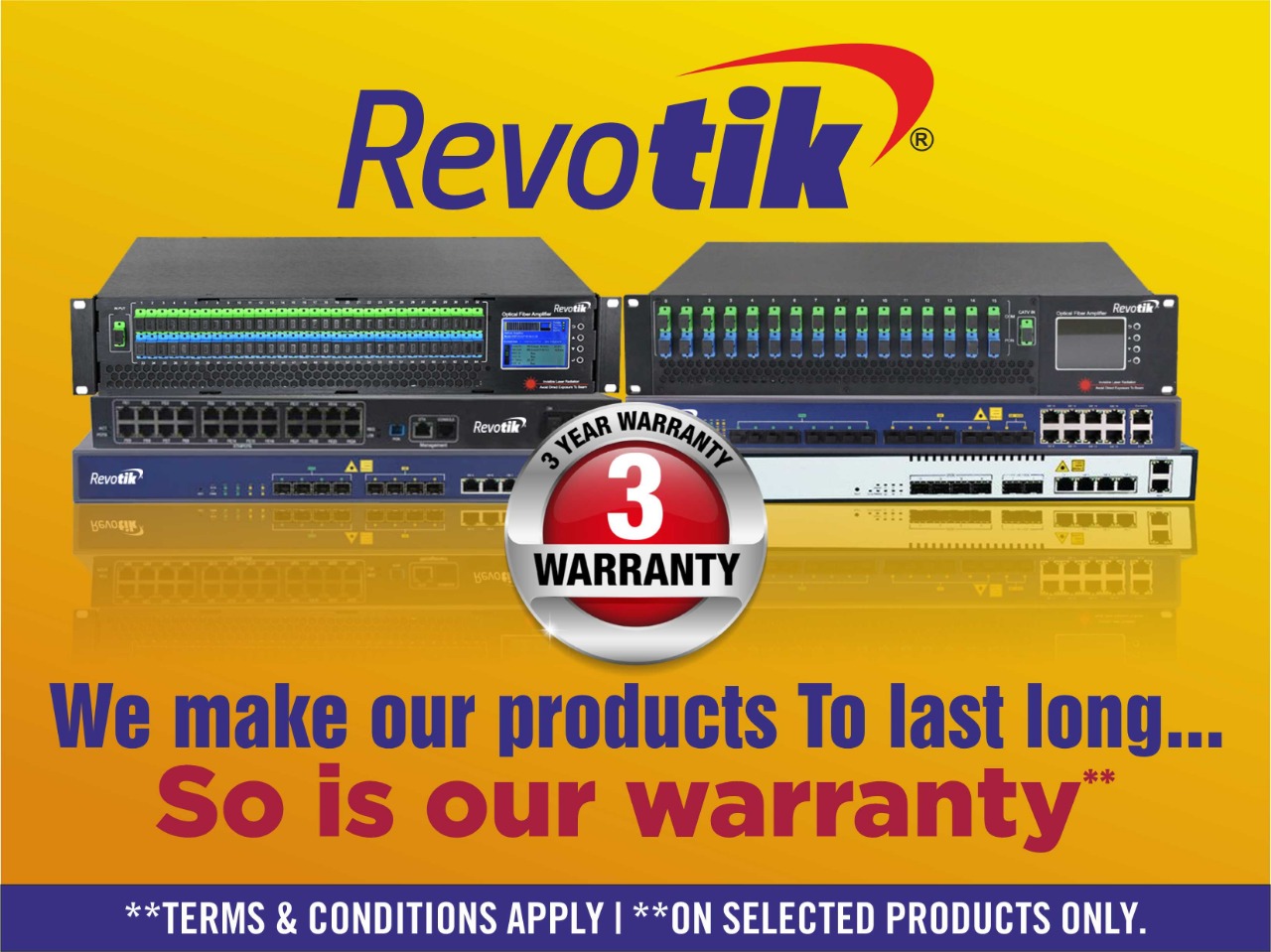That is where the risk comes from – a recent example of original estimates being derailed is the diesel scandal, whose shadow has been looming on the residual value of cars. These guidelines are outlined by the International Financial Reporting Standards Foundation (IFRS). The US’ generally accepted accounting principles (GAAP) recognize the first 4 principles, but not the 5th. The materiality threshold for leases is a subjective determination which must ultimately be approved by your auditors. A restaurant owner should ensure they have a generator for this reason, but they might need a much bigger and more expensive one. They’ll need to power freezers, refrigerators, ovens, heating lamps, lights, air conditioning, water heaters, computer systems, and more.
Adam received his master’s in economics from The New School for Social Research and his Ph.D. from the University of Wisconsin-Madison in sociology. He is a CFA charterholder as well as holding FINRA Series 7, 55 & 63 licenses. He currently researches and teaches economic sociology and the social studies of https://quickbooks-payroll.org/accounting-for-a-non-profit-organization/ finance at the Hebrew University in Jerusalem. Learn the details of both leasing options so you can make smart leasing decisions. Using the present value (PV) function in Excel, we can compute the right-of-use (ROU) asset as $372k as of the opening date, which refers to the end-of-period balance in Year 0.
Advantages of an operating lease
The lease payment obligations occur throughout the term of the lease, whereas a purchase signifies a lump sum, one-time outflow of cash. Akounto is here to take up all your worries about the lease accounting, recordkeeping, and preparation and management of financial statements. Sign-up with Akounto today to outsource your sensitive accounting tasks to professionals and experts.
Whether you’re making operating lease payments or capital lease payments, you’re making big investments in your business. An operating lease is a written agreement that allows you to use or occupy property without the benefits or risks of owning the property. The property may be real property, such as land or buildings, or personal property, such as heavy equipment, machinery, or vehicles. A capital lease is a written agreement that gives you ownership rights in the property you’re leasing, while the lessor finances it. An operating lease is a contract that doesn’t entail any ownership of the asset. The expenses are renting expenses only as opposed to depreciation and maintenance.
How do you record an operating lease?
As a result, operating leases did not impact a company’s debt-to-equity ratio because no liabilities were included on the balance sheet along with the lease. This ability to leave a lease off of a balance sheet could make a company appear as though they were a better investment and had stronger financials than if the lease was classified as a finance lease. Historically, the vast majority of leases have been operating – and remained buried in the footnotes rather than appearing on the company balance sheet. Accounting for capital leases must adhere to the requirements defined by the Financial Accounting Standards Board (FASB). FASB has issued accounting standards related to leases, including ASC 840 and ASC 842, which govern the accounting treatment of capital leases.
Suppose a company has agreed to borrow an asset for a four-year lease term with an annual rental expense of $100,000 and an implicit interest rate of 3.0%. This information about leases, their types, nature, and related rules can help businesses decide which type of leasing will suit their finances better. Payments for an operating lease, on the other hand, can be written off as operating expenses. Suppose you are leasing a forklift that costs $42,000 and will be used for moving materials in your warehouse. A lessee can claim depreciation deductions on the income statement, reducing taxable income.
Find the best business loan rates (
Operating lease accounting changed in 2016 when the Federal Accounting Standards Board released ASC Topic 842, Leases. The new standard provided guidance when accounting for leases, where the lease and How to do bookkeeping for a nonprofit the corresponding asset value would be required to be reported on the balance sheet. However, leases for less than 12 months can be recognized as an expense using the straight-line basis method.
So for all intents and purposes, the business owns that car for a temporary period of time. The depreciation and maintenance of the vehicle is the company responsibility – not the car company’s responsibility. At the end of the lease agreement, the company can buy the car and own it outright. We may be a little biased, but operating leases are a sound financial decision when it comes to equipment procurement.

